Protein takes part in so many processes in the body, that life without it would be impossible. Among others, it is responsible for DNA replication, tissue regeneration and proper functioning of enzymes and hormones. To build muscle mass – we also need protein! Therefore, how much, and which type? Answers for these and more questions you will find below.
What is a protein?
Proteins are molecules made of amino acids. There are 20 amino acids that human body requires for its functioning. 9 out of 20 are so called essential amino acids – the body cannot synthesis them on its own, and therefore they must be supplied through the diet.
Essential (exogenous) amino acids: histidine, isoleucine, leucine, lysine, methionine, phenylalanine, threonine, tryptophan, and valine.
Unfortunately, some protein sources don’t contain all the essential amino acids in their structures. Therefore, the quality of eaten protein matters.
Animal proteins contain all the essential amino acids. However, in plant-based protein only soy shares the same feature. Therefore, being vegetarian or vegan you should remember to take care about proper amino acid supplies. It can be achieved by eating different products, that are complementary to each other, in case of amino acids content. For example: rice + beans, pasta + peas or wheat + peanuts.
How much protein to eat?
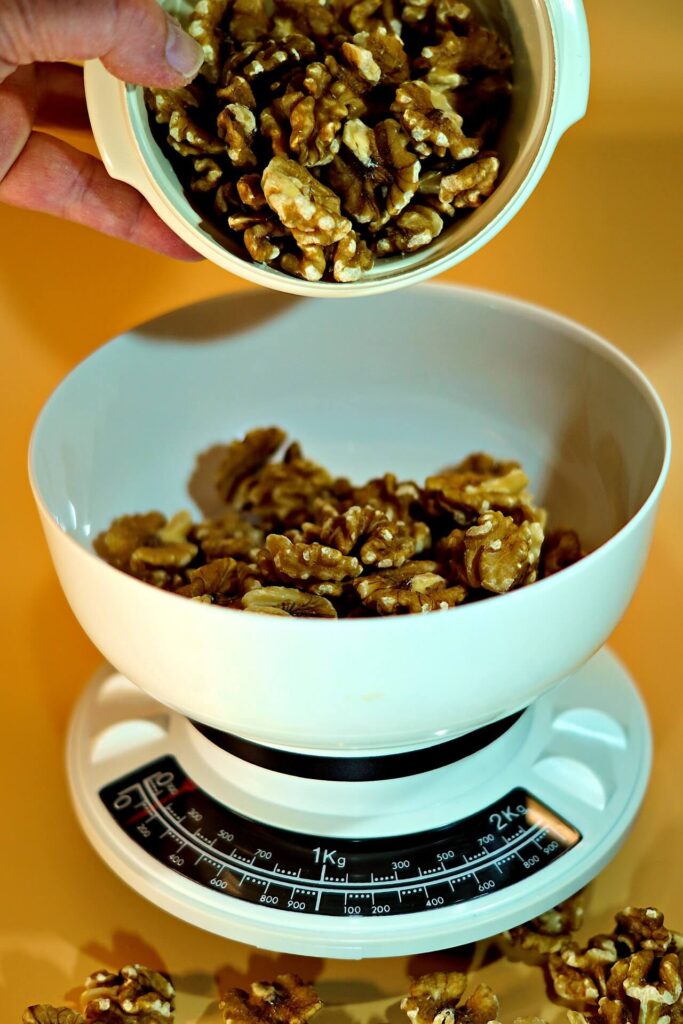
It really depends on our lifestyle. The bare minimum is 0.8g/1kg of body weight. This amount meets the demand on protein that the body requires for proper functioning. The more active we are, the more protein we should eat to fully recover after training sessions. In one study, advanced cyclists divided into two groups, were given 1.5g (first group) and 3g (second group) of protein per kilogram of body weight . During 2 weeks of intensive trainings, the group with higher protein intake reported less symptoms of upper-respiratory tract infection and had better white blood cell level1.
If our goal is to build muscle mass, research say to oscillate between 1.6g and 2.2g/1kg of body weight. What’s interesting, studies have proved that the process of body recomposition (losing fat and simultaneously gaining muscle mass) is possible. To achieve such a goal, a person should introduce a high protein diet. In the research, there were 2 groups of 20 people each. For one month they were performing the same workout, but the 1st group was eating 1.2g of protein per 1kg of body weight, and the 2nd group 2.4g/1kg of body weight. The first group lost 3.5kg of fat and the 2nd group 4.8kg. However, the group with a high protein diet (2nd) also gained 1.2kg of muscle mass. This proves that a well-structured diet and workout plan can result in simultaneous fat loss and muscle gain2.
SARCOPENIA – this term refers to a chronic muscle loss due to the age. Being 60+, people should have in mind that their bodies is not so efficient in synthesizing protein anymore. Therefore, being older you should especially focus on sufficient protein intake of at least 1-1,5g/1kg of body weight to avoid sarcopenia.
How often to eat protein?

If we don’t really care about building shape, it’s enough to eat balanced meals, always including a sufficient portion of protein on the plate. However, if our aim is to gain some muscle mass, we should try to maximize the protein synthesis in the body. In one research, the first group consumed 3 meals – each one contained 30g of protein. The second group consumed the same amount of protein and meals overall, however in the following distribution: 10g->15g->65g per meal. The first group had as far as 25% higher muscle protein synthesis3!
Therefore, it seems that the best approach is a regular intake of similar amounts. International Society of Sports Nutrition, basing their statement on the available evidence, concluded that the most efficient is to eat 0,4-0,55g/1kg of body weight per meal, in at least 4 meals throughout the day4.
From a logical point of view, it is also easier to digest food in equally distributed portions, instead of loading the stomach with an excessive amount of protein in 1 meal. Especially, if we track the macros, but tend to forget to focus on the protein intake throughout the day, we will often remain with a huge portion to be eaten during the last meal (which may also negatively affect the sleep depth).
Ok, we’ve covered some theory. Now let’s see which are the best protein sources…
Meat
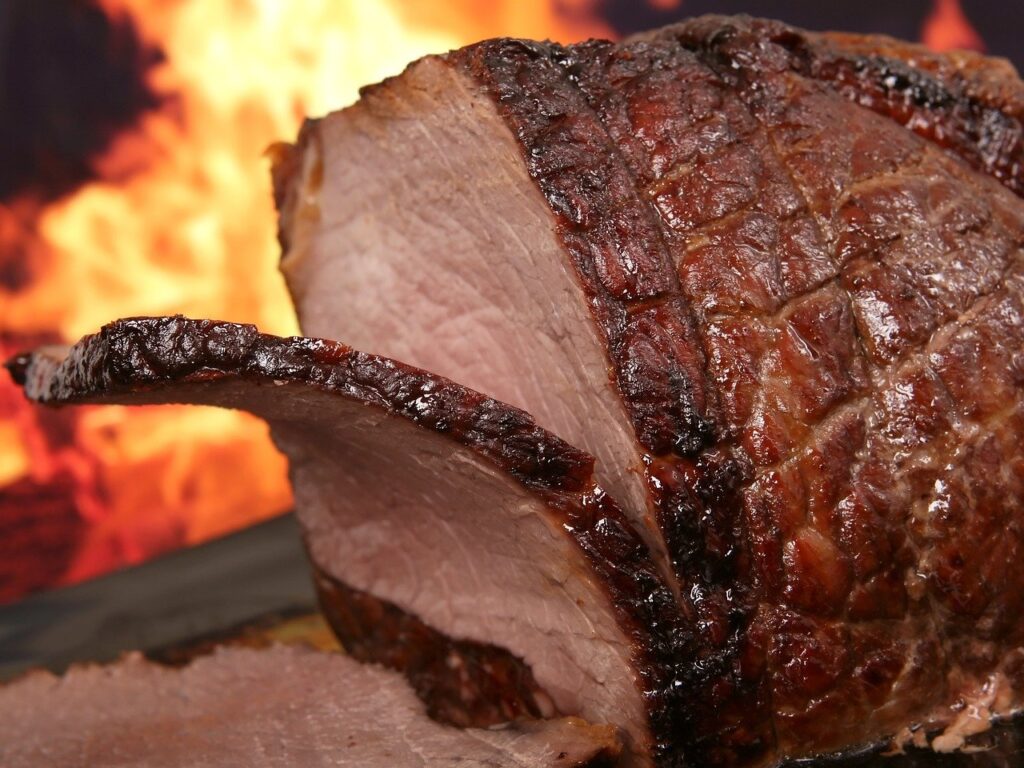
(Nutrients per 100g)
1. Turkey breast (skinless) |
Protein (87%): 30.1g Fat (13%): 2.1g 147kcal/100g |
2. Chicken breast (skinless) | Protein (76%): 30.9g Fat (24%): 4.5g 173kcal/100g |
3. Beef (eye of round) |
Protein (75%): 29.9g Fat (25%): 4.5g 160kcal/100g |
4. Pork ham (lean) | Protein (64%): 20.5g Fat (36%): 5.4g 136kcal/100g |
All types of meat listed above are rich in B vitamins and selenium. Red meat is also a good source of iron. Nevertheless, in this article I give only a few examples that are the best, considering protein content, as well as affordable. When choosing a different type of meat, let’s be especially careful in terms of fat content.
Fish and seafood
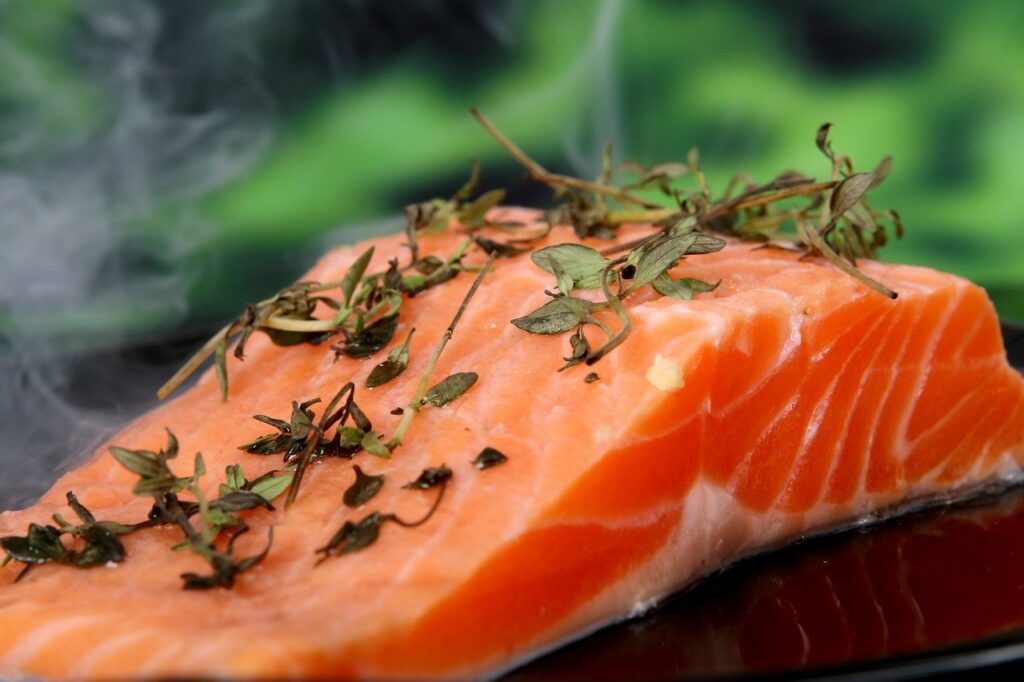
(Nutrients per 100g)
|
1. Tuna |
Protein (93.6%): 25.5g Fat (6.4%): 0.8g 119kcal/100g |
|
2. Tilapia |
Protein (81.3%): 26.2g Fat (18.7%): 2.7g 128kcal/100g |
|
3. Atlantic cod |
Protein (92.6%): 22.8g Fat (7.4%): 0.9g 105kcal/100g |
|
4. Atlantic wild salmon |
Protein (59.7%): 25.4g Fat (40.3%): 8.1g 182kcal/100g |
|
5. Rainbow wild trout |
Protein (65.1%): 22.9g Fat (34.9%): 5.8g 150kcal/100g |
|
6. Shrimps |
Protein (81.9%): 22.8g Carbs (5.2%): 3.9g Fat (12.9%): 5.8g 119kcal/100g |
Health organizations such as FDA advise to eat fish 2-3 times a week, including at least 1 serving of fat fish. Salmon and trout (listed above), mackerel, sardines or herring contain a lot of healthy omega-3 fatty acids, vitamin D and B vitamins. On the other hand, lean fish like tilapia and cod, due to their low-fat content, are easily digestible and can be widely used in high protein and fat loss diets. Additionally, fish and sea food are a good source of many minerals, especially selenium.
Dairy
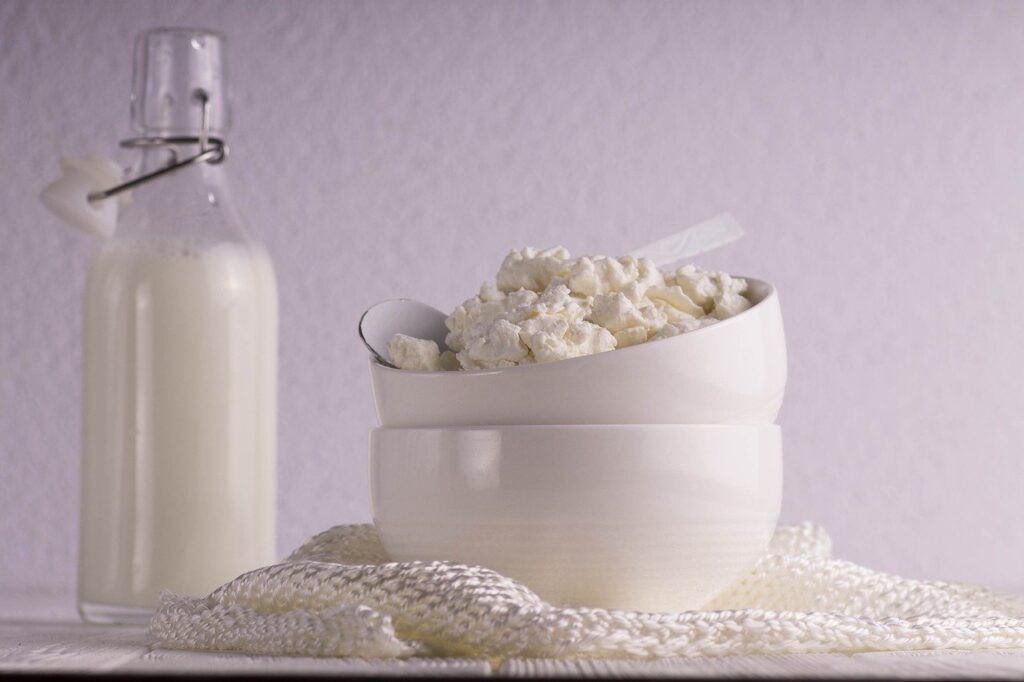
(Nutrients per 100g)
1. Whey protein concentrate | Protein (81.1%): 23.5g Carbs (12.7%): 3.9g Fat (6.3%): 0.9g 124kcal/100g |
2. Skyr | Protein (74.5%): 12g Carbs (25.5%): 4.1g 64kcal/100g |
3. Cottage cheese | Protein (48.3%): 11.1g Carbs (13.3%): 3.4g Fat (38.4%): 4.3g 98kcal/100g |
4. Mozzarella light | Protein (49.8%): 21g Carbs (3.9%): 1.7g Fat (46.2%): 8.7g 170kcal/100g |
Dairy products can be a great source of protein, but also minerals like calcium and phosphorus. Of course, whey protein concentrate is a supplement, so shouldn’t be treated the same as the rest. However, except of a simple protein shake, it can be used in form of addition to different meals, like oatmeal, pancakes, or protein cookies, therefore creating a balanced meal. And as with meat, if we choose any type of cheese, let’s remember about its fat content, which can easily affect the daily calorie intake.
Health aspect: If you have any concerns about eating dairy products, in the analysis that considered different studies, the authors concluded that the benefits of their consumption outweigh the potential risks of prostate cancer in men. In the case of women, only positive aspects were noted5.
Legumes
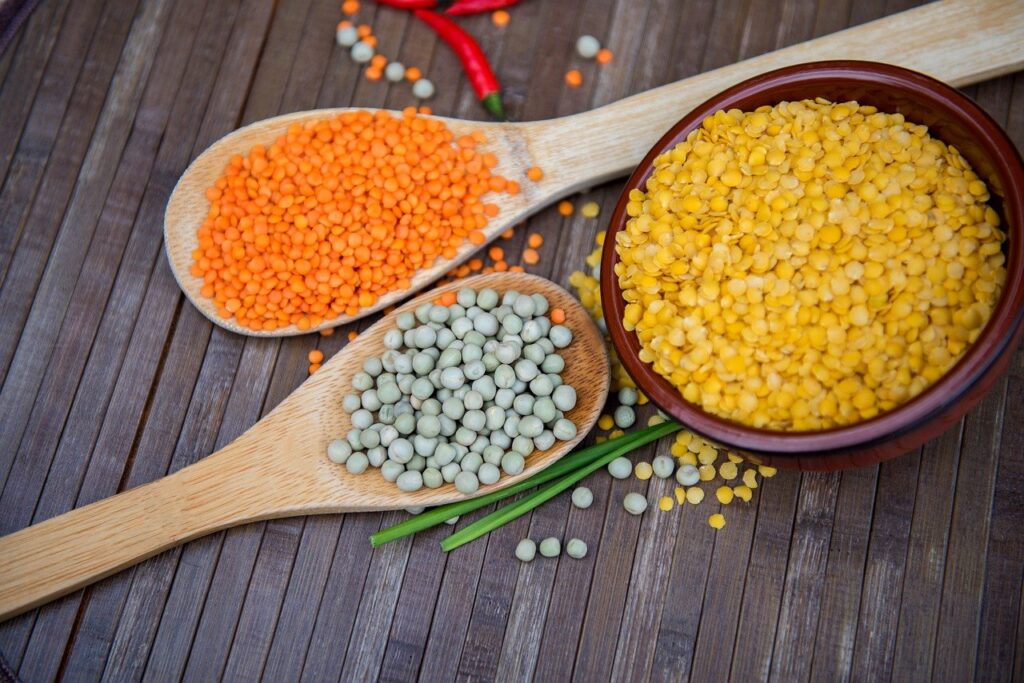
(Nutrients per 100g)
1. Tofu | Protein (40.3%): 12g Carbs (14.9%): 3.8g Fat (44.8%): 5.5g 124kcal/100g |
2. Edamame | Protein (34.1%): 11.9g Carbs (30%): 8.9g Fat (35.9%): 5.2g 121kcal/100g |
3. Red lentils | Protein (23.2%): 23.9g Carbs (71.7%): 63.1g Fat (5.1%): 2.2g 358kcal/100g |
4. Kidney beans | Protein (22.5%): 8g Carbs (70.4%): 21.5g Fat (7.1%): 1.1g 124kcal/100g |
5. Chickpeas | Protein (17.6%): 8g Carbs (65.8%): 21.5g Fat (16.6%): 1.1g 139cal/100g |
Among others, legumes contain a lot of fiber, folate acid, iron and phosphorous. For carnivores, like me, this group can be a great substitute for usual meat dinners. Nevertheless, as I mentioned before, it is worth noting that only soy contains all essential amino acids.
Nuts and seeds
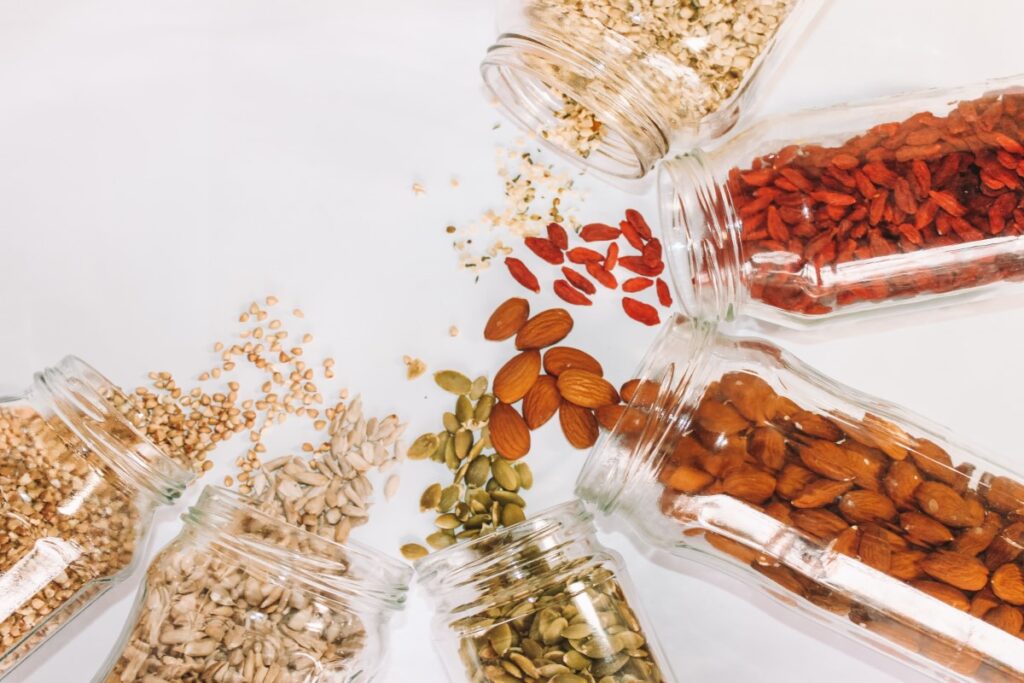
(Nutrients per 100g)
1. Pumpkin seeds | Protein (20,2%): 30.9g Carbs (9%): 13.7g Fat (70,8%): 48.1g 618kcal/100g |
2. Peanuts | Protein (15.8%): 25.8g Carbs (11.6%):16.1g Fat (72.7%): 49.2g 567kcal/100g |
3. Almonds | Protein (12.7%): 21.2g Carbs (15.1%): 21.6g Fat (72.2%): 49.9g 579kcal/100g |
4. Chia seeds | Protein (11.8%): 16.5g Carbs (35.3%): 42.1g Fat (52.9%): 30.7g 486kcal/100g |
Of course, nuts should be treated as the additional source of protein in form of healthy snack or salad ingredient. Chia seeds are delicious in form of a pudding instead – highly recommended to consume it with a portion of fresh fruits. Besides protein, nuts and seeds are a good source of fiber, healthy unsaturated fats and many minerals.
Eggs
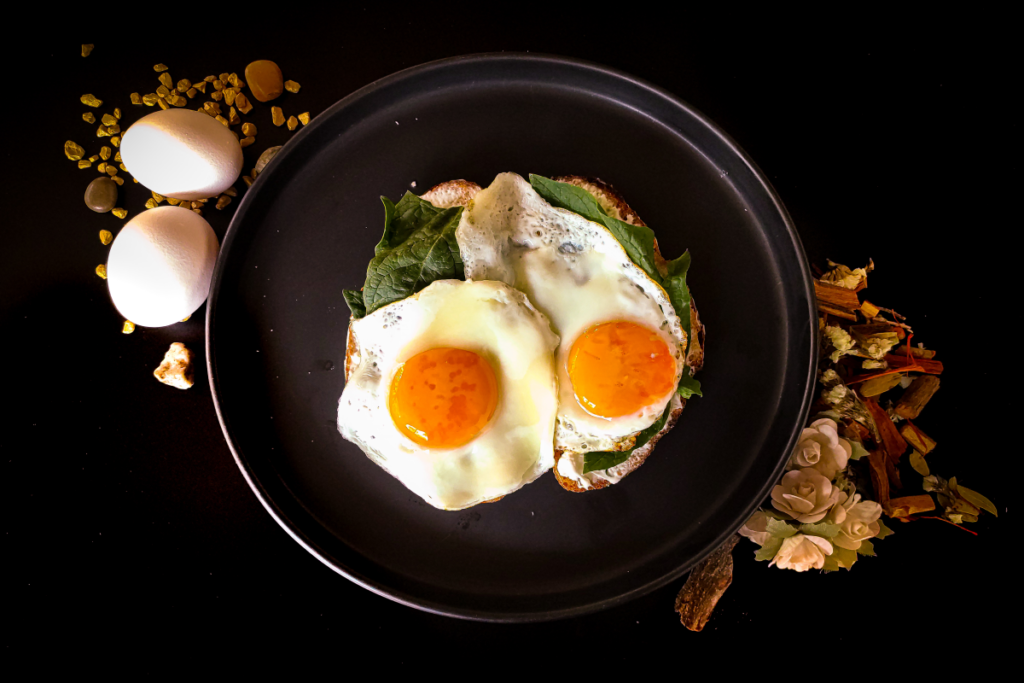
1 egg (60g) | Protein (33.5%): 7g Carbs (3%): 0.6g Fat (63.5%): 5.9g 87kcal/60g |
One of the most common breakfast ingredients. Eggs have many healthy aspects – among others, they contain choline (positively influences the brain neurotransmitters) and lutein + zeaxantin (eliminate the feeling of eye strain)
Since eggs contain a big dose of cholesterol, it is often questioned if they are healthy. However, as research show, they don’t increase, but even reduce risk of cardiovascular diseases6. And although they are a caloric product, eggs are also very filling, and therefore can be also used in diets for fat loss.
Conclusions
Taking care of the supply of macronutrients is the base for maintaining a healthy body. Protein itself is especially important in sports, but not only. Therefore, when we eat it, let’s be reasonable with quantity and quality. From my own experience, I can say that a high-protein and varied diet, gives really amazing results. So, if you want to build a healthy and strong body, start in the kitchen! 😉
Useful tips:
⇒ Eat diverse sources of protein (balanced micronutrients delivery)
⇒ Choose skinless lean meat
⇒ Eat fatty fish at least once a week
⇒ Use nuts and seeds as snacks
⇒ Avoid deep frying
⇒ Eat 1,6-2,2g of protein/1kg of body weight for muscle growth
⇒ Eat protein regularly to maximize protein synthesis
Cooking methods (listed from the healthiest)
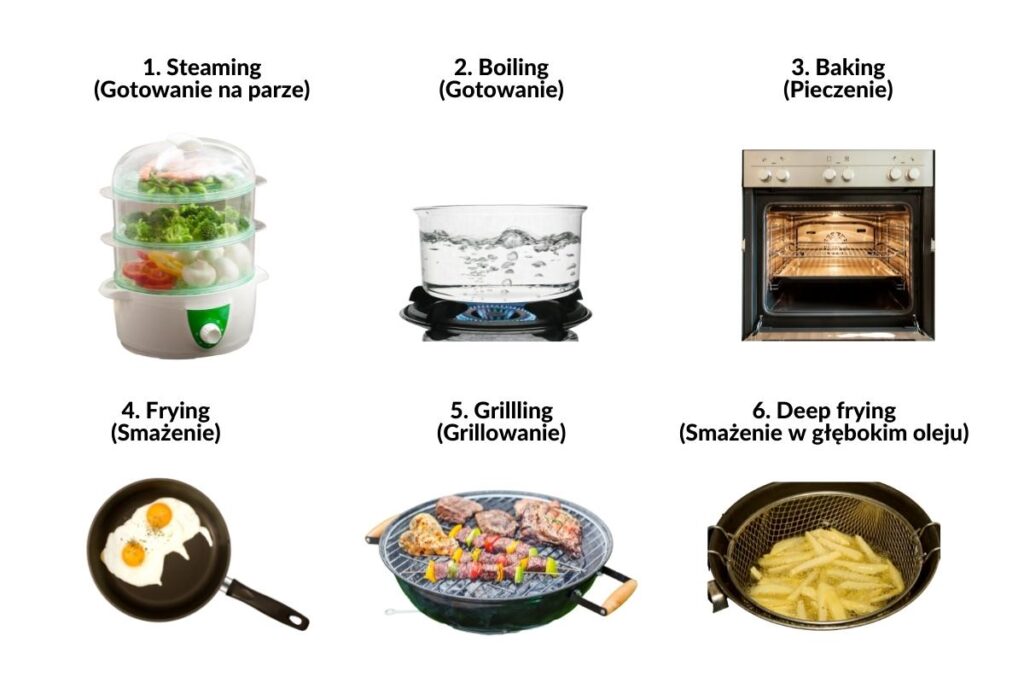
References
- https://www.sciencedirect.com/science/article/abs/pii/S0889159113005011?via%3Dihub
- https://pubmed.ncbi.nlm.nih.gov/26817506/
- https://www.ncbi.nlm.nih.gov/pmc/articles/PMC4018950/
- https://jissn.biomedcentral.com/articles/10.1186/s12970-018-0215-1
- https://www.ncbi.nlm.nih.gov/pmc/articles/PMC5122229/
- https://pubmed.ncbi.nlm.nih.gov/32653422/
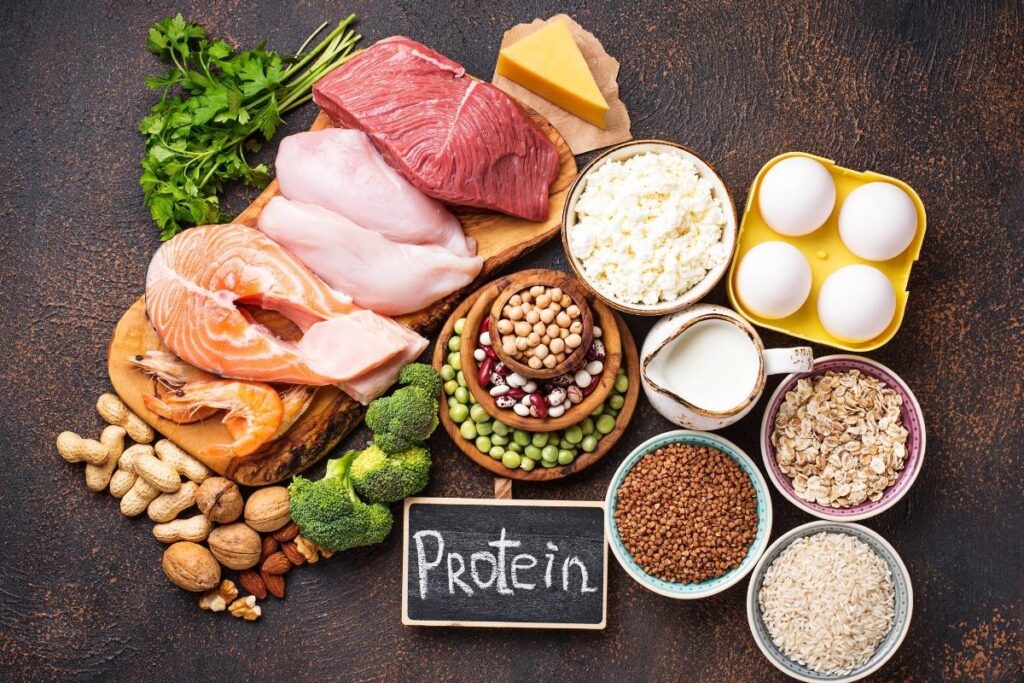
Super 🙂🙂🙂🙂
Pingback: 5 pillars of building muscle mass - PUMPING HEALTH